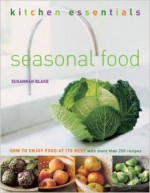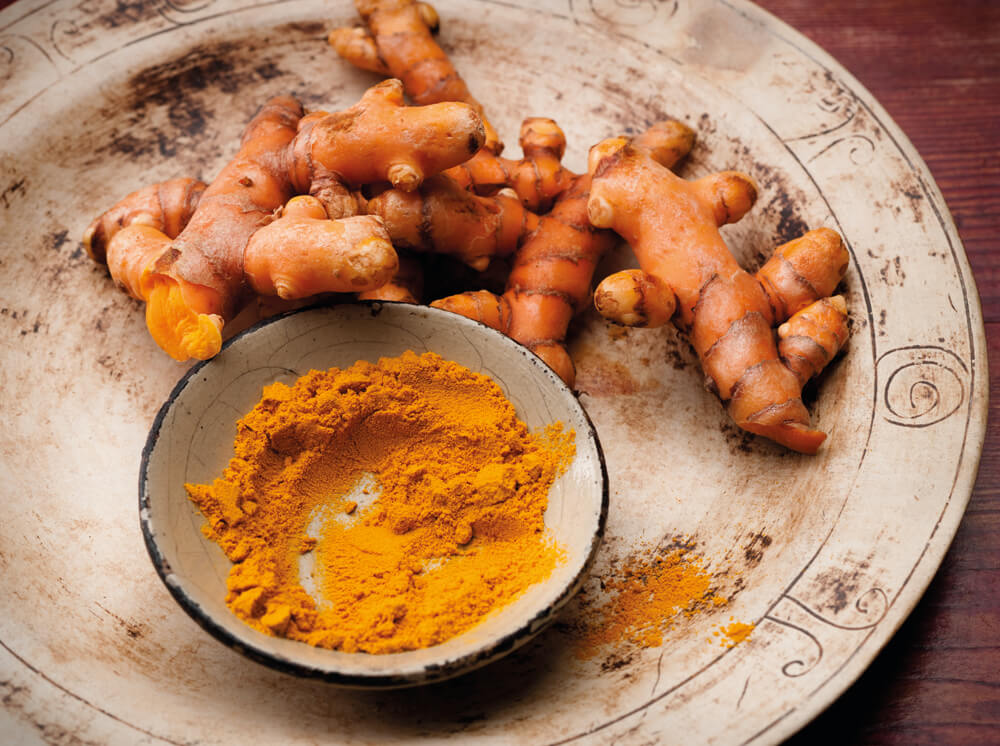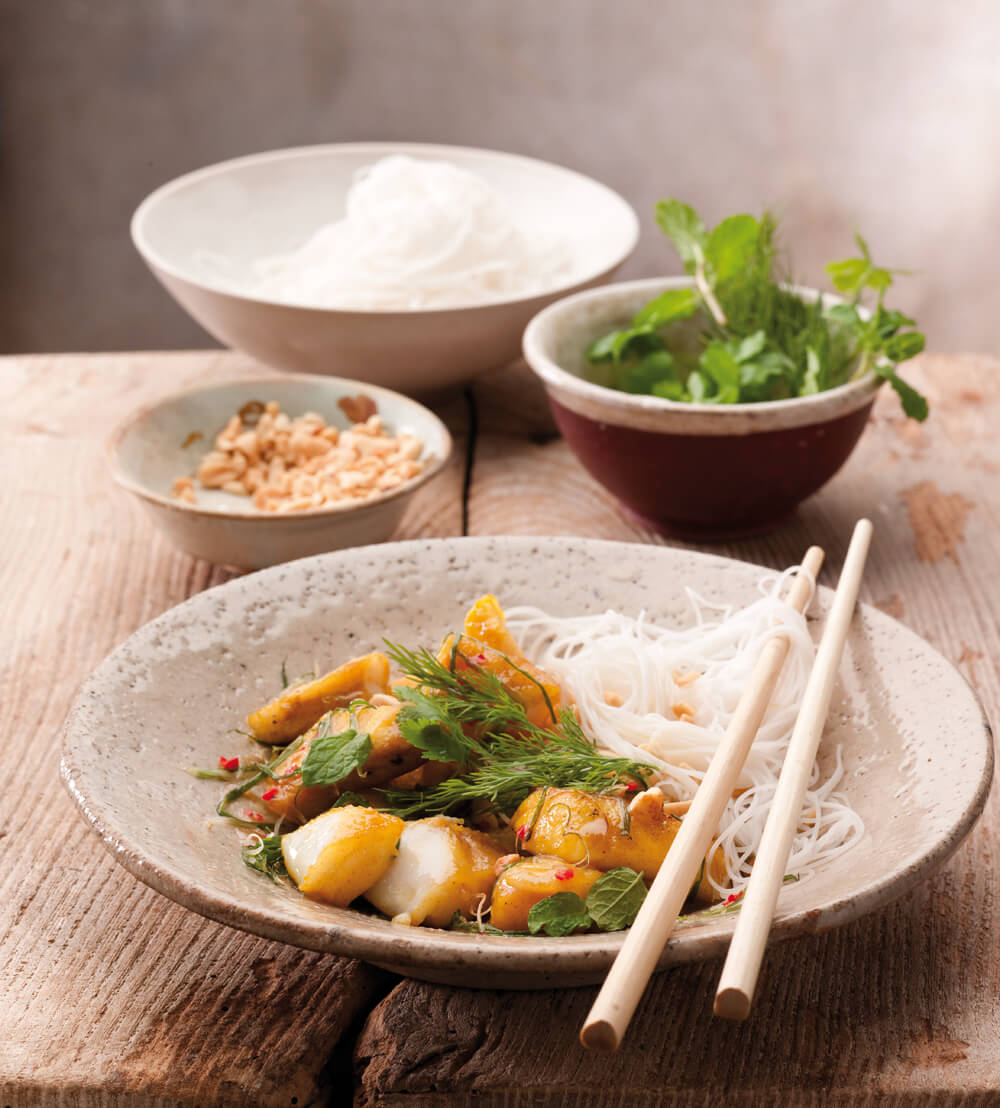The Seasonal Kitchen/ Okra

The okra plant is native to Africa and its long, ridged seed pods are widely used in the cooking of that continent, as well as in the cuisines of the Caribbean, India and the Mediterranean. Okra is usually stewed, although it may be fried or steamed before combining with other ingredients. The seeds are coated in a slimy substance that is released into dishes containing chopped or sliced okra, giving them a somewhat gloopy consistency. This is relished by some and is often exploited as a deliberate characteristic of okra dishes. But if it is not to your taste, okra pods can simply be trimmed and cooked whole, so that the viscous liquid cannot ooze out. The end result will still capture the delicate but distinct flavour of okra and is truly delicious. When buying, look for small, bright-green pods that are firm and slightly springy when squeezed. To prepare them, trim off the stem without revealing the seeds, then either leave whole or cut up as required in the recipe.
Mediterranean okra and tomato casserole
This simple Mediterranean-style dish, mildly spiced with coriander, is the perfect way to enjoy tender whole okra. Serve it hot, warm or at room temperature – as a vegetable accompaniment or as an appetizer, with chunks of crusty bread for mopping up the juices.
SERVES 4 2 tbsp olive oil 1 onion, halved and sliced 2 cloves garlic, finely chopped 2 tsp ground coriander 600g/1lb 5oz ripe tomatoes, peeled, seeded and chopped 125ml/4fl oz/1⁄2 cup white wine 4 tbsp water salt and freshly ground black pepper 450g/1lb okra, trimmed large handful of fresh flat-leaf parsley, chopped
Heat the oil in a large pan. Add the onion and garlic and gently fry for about 5 minutes. Stir in the coriander, then add the tomatoes, wine and water. Season to taste with salt and pepper and stir. Add the okra and gently fold in. Bring to the boil, reduce the heat, cover and leave to simmer gently for about 20 minutes, stirring occasionally, until the okra is tender. Check the seasoning and serve, with the chopped parsley sprinkled over the top.
Susannah Blake
Seasonal Food
Available from Nourish
Sign up for our newsletter to get our news and updates straight to your inbox every month.

















